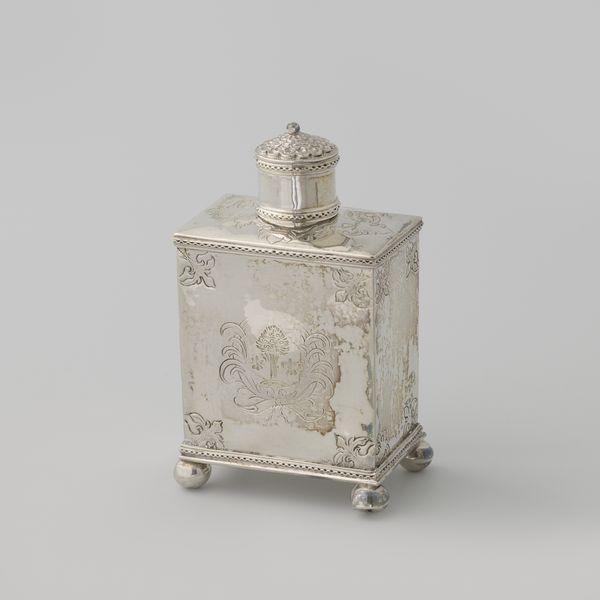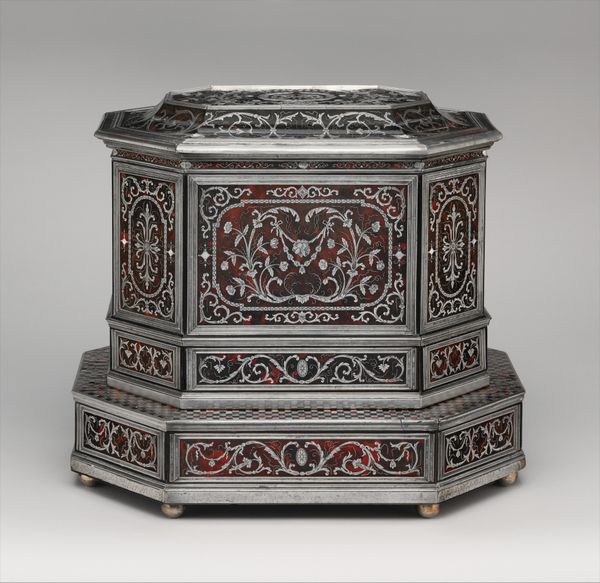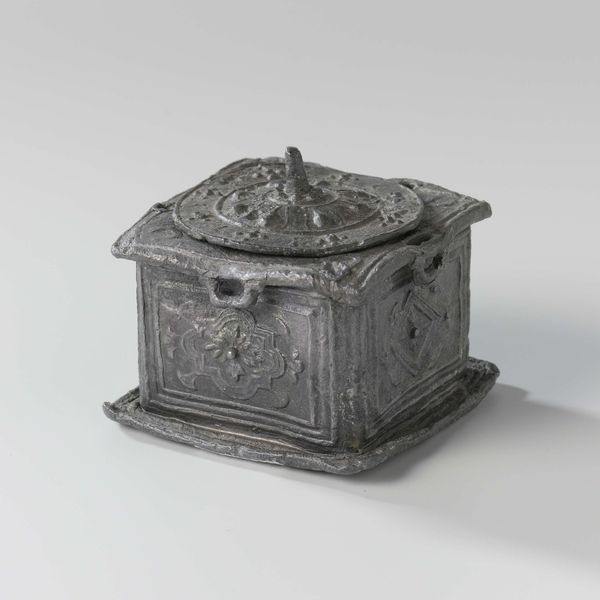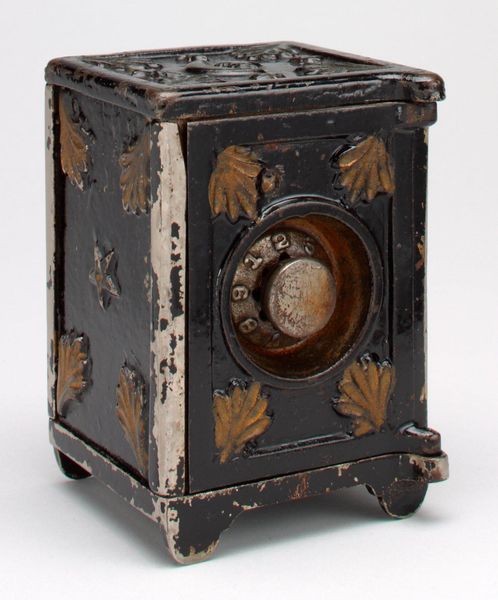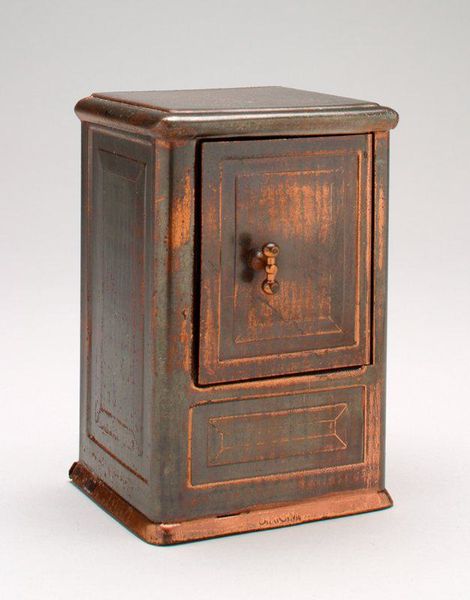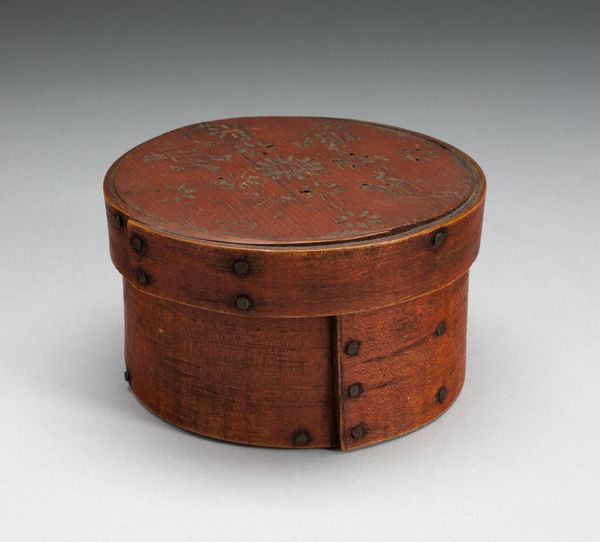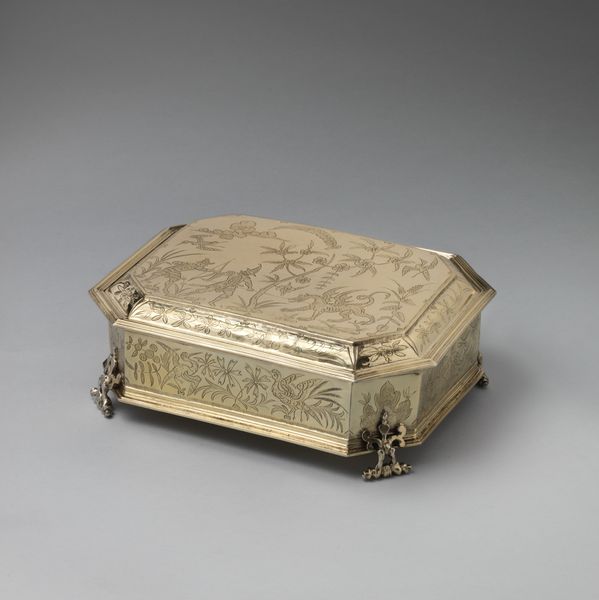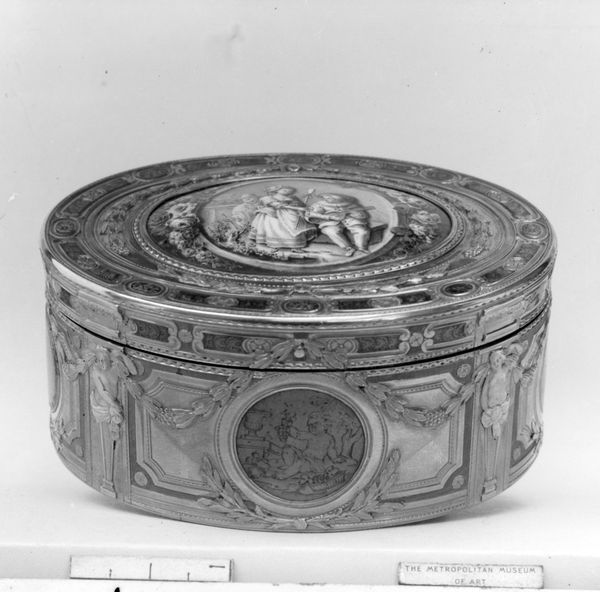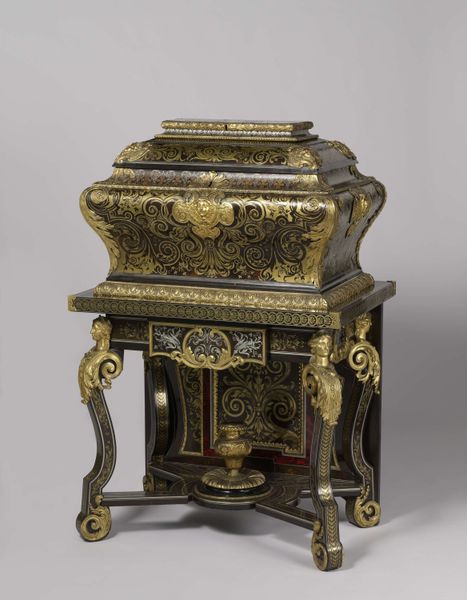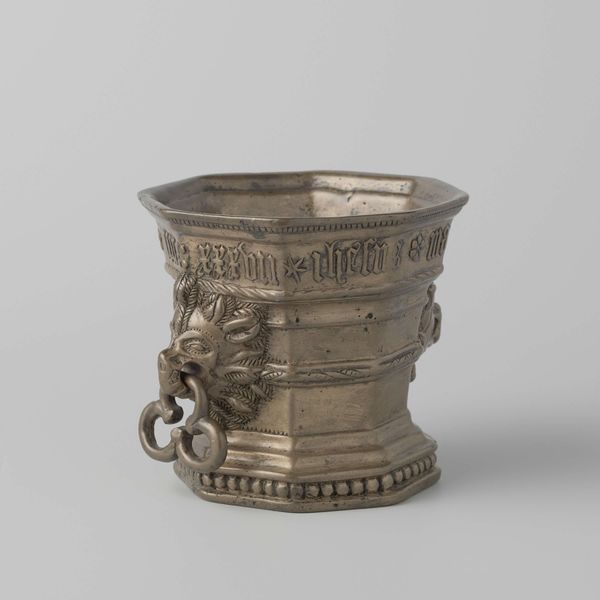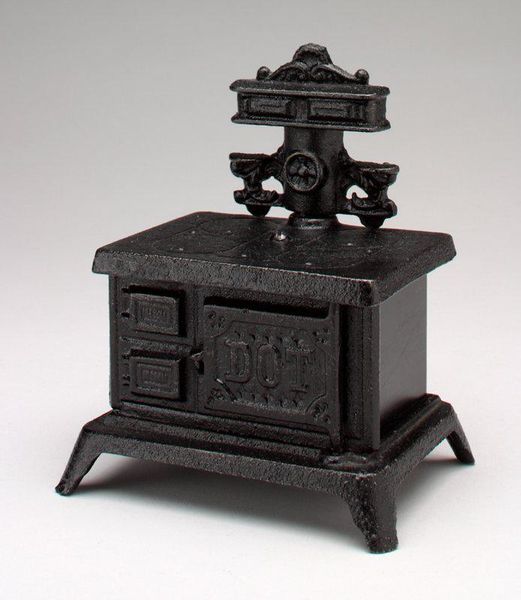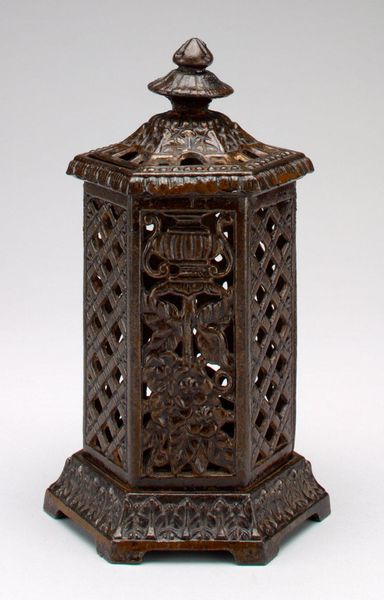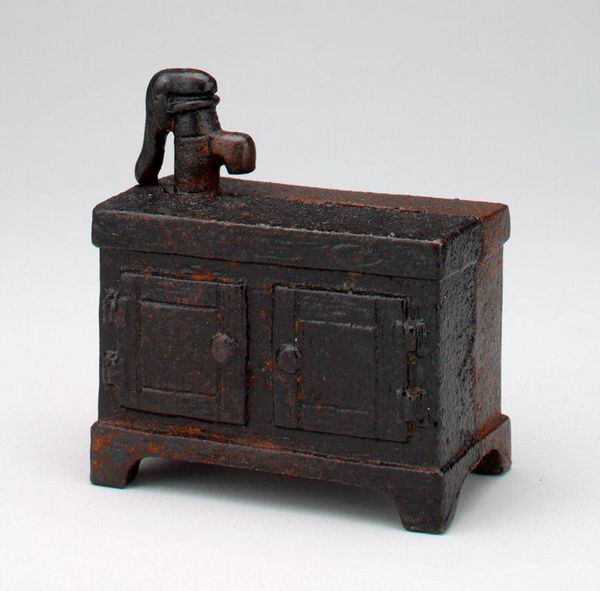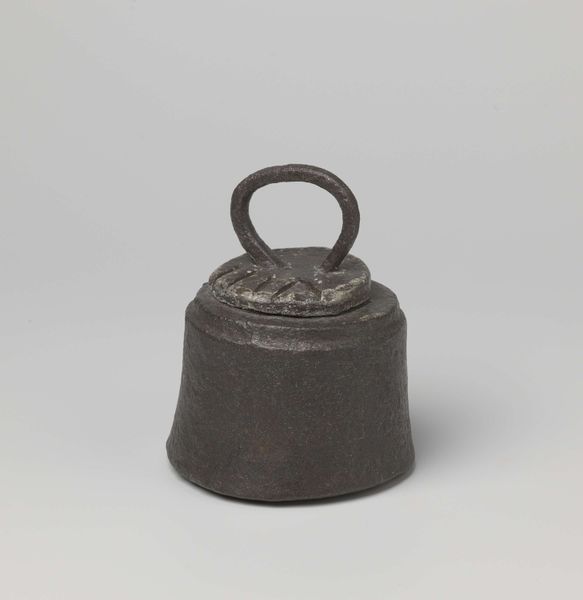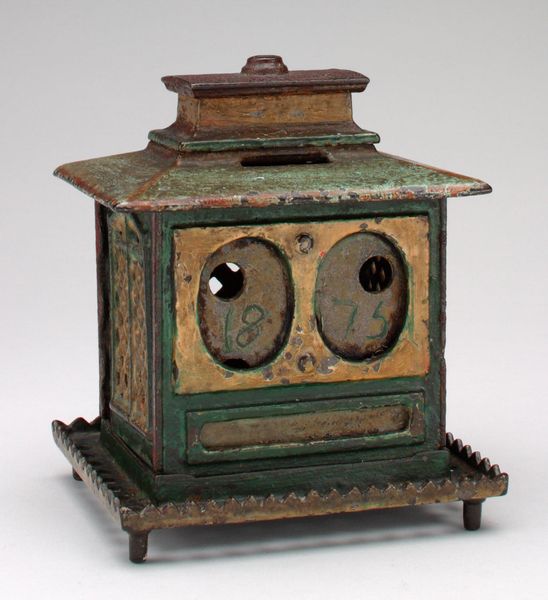
silver, metal, sculpture
#
neoclacissism
#
silver
#
metal
#
sculpture
#
decorative-art
Dimensions: Overall: 6 3/8 × 11 × 5 1/8 in. (16.2 × 27.9 × 13 cm)
Copyright: Public Domain
Editor: Right, so next up we have a silver teapot, made sometime between 1808 and 1809. It's currently housed at the Metropolitan Museum of Art. I’m immediately struck by its... almost severe elegance. The lines are so crisp and the craftsmanship so meticulous. What historical narratives do you think this object holds? Curator: It’s a fantastic example of Neoclassical design moving into the 19th century, isn’t it? This teapot reflects a larger cultural movement that drew inspiration from classical antiquity. We see the restraint, the symmetry – a conscious departure from the excesses associated with the aristocracy, especially poignant considering events like the French Revolution happening not so long before. Editor: So, you’re saying it’s more than just a teapot; it's a statement? A rejection of the flamboyant Baroque aesthetic? Curator: Precisely! Think about who would have owned such an object. Owning it reflected a taste, but it also showed you moved within certain socio-economic circles with these ideas of Neoclassicism, this valuing of ‘republican’ virtues translated into the aesthetic realm. The rise of the middle class is crucial here; decorative objects like this signalled refined tastes. Editor: I didn’t even think about it from an economics point of view. Now I wonder how this kind of design spread. Were there design schools? How were the silversmiths trained? Curator: That’s where the institutions come into play. Guilds still held significant influence, apprenticeships were vital, and pattern books circulated widely, disseminating these Neoclassical motifs and forms. Studying such an object pushes us to consider art as inextricably linked with shifts in power and taste. Editor: It's amazing how an everyday object can tell you so much. Thanks! I’m definitely seeing this piece in a new, richer way now. Curator: Exactly, and that is what historical art perspectives can help us do; every art object holds so much social and cultural knowledge.
Comments
No comments
Be the first to comment and join the conversation on the ultimate creative platform.
